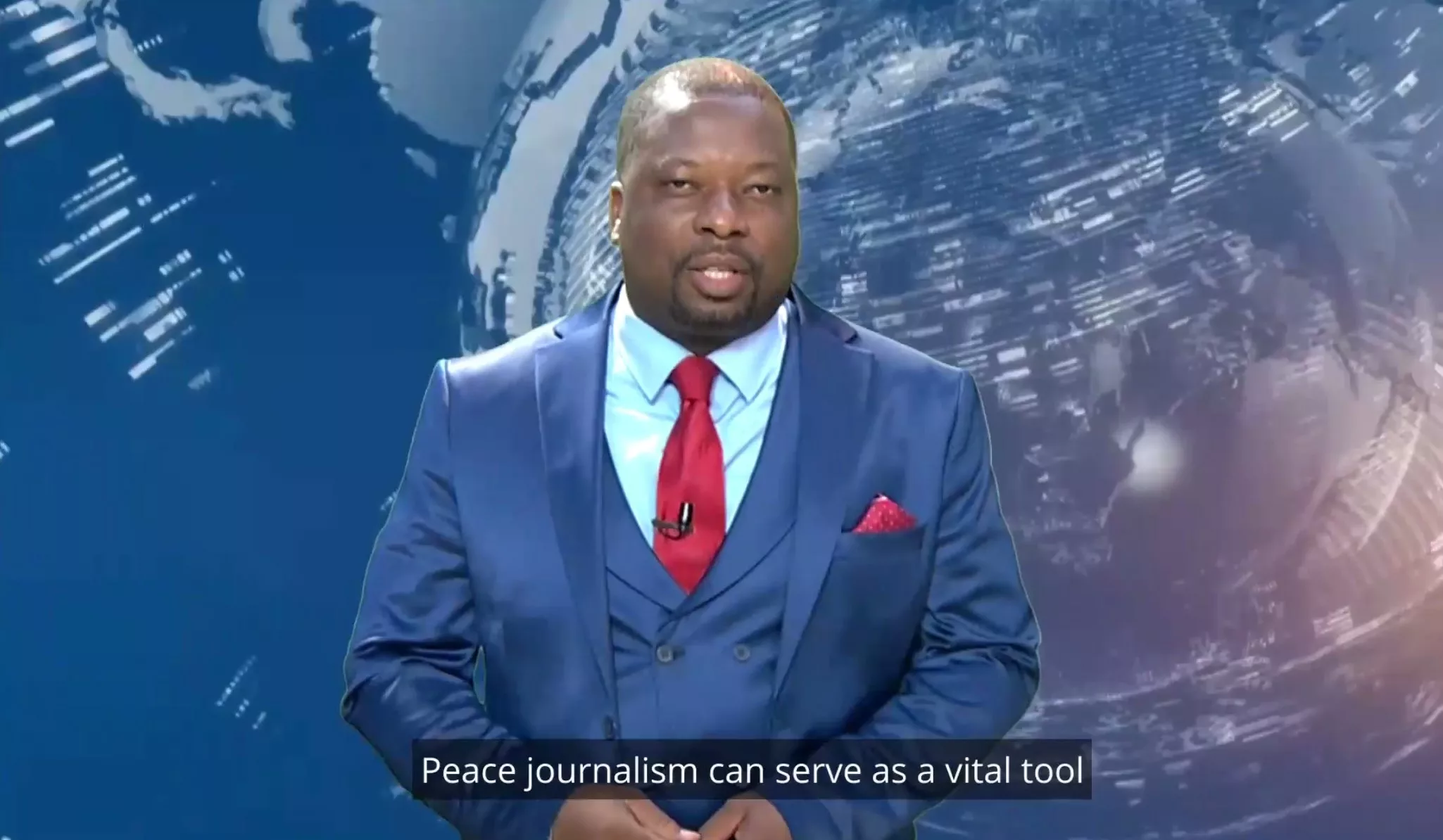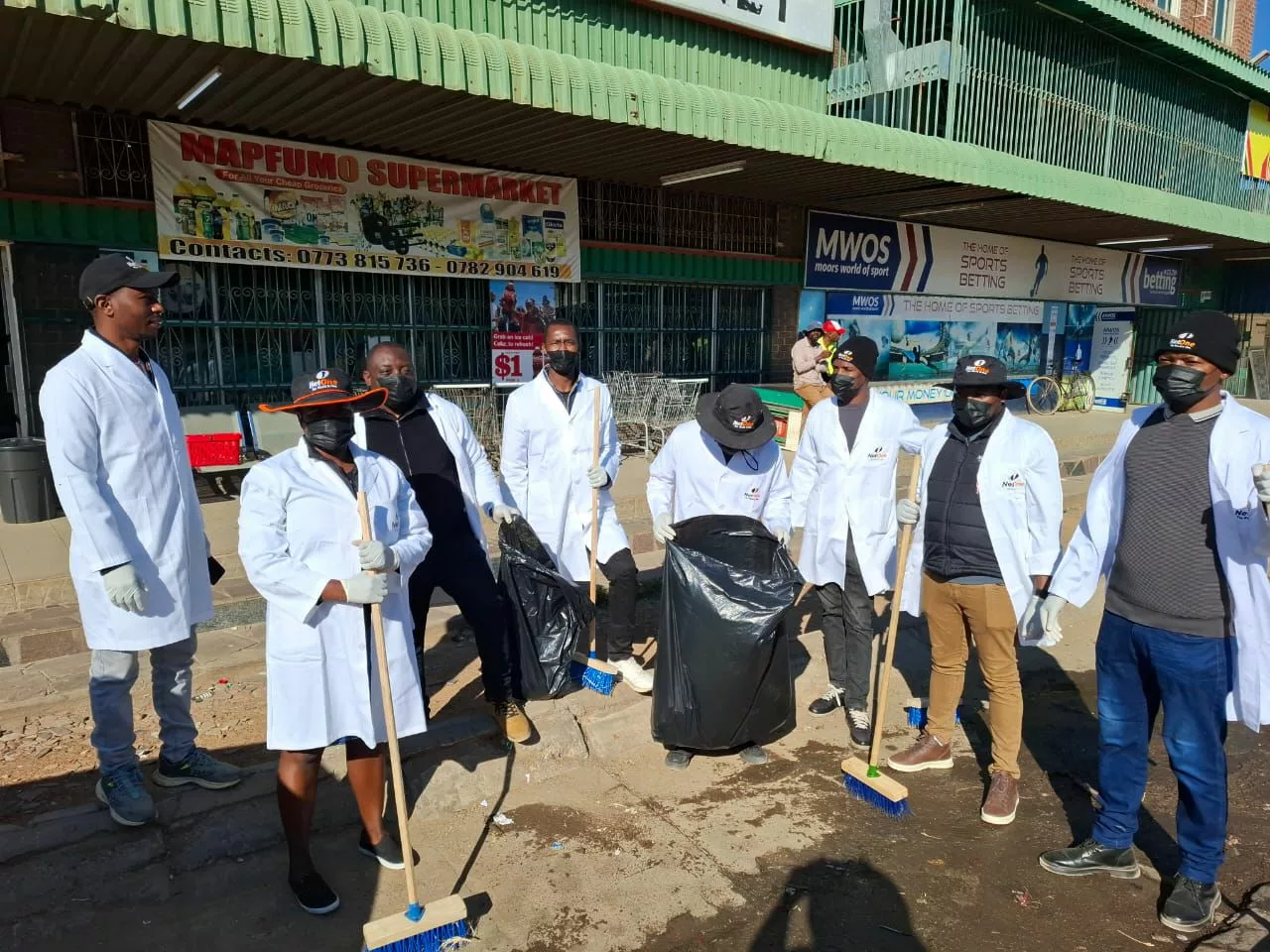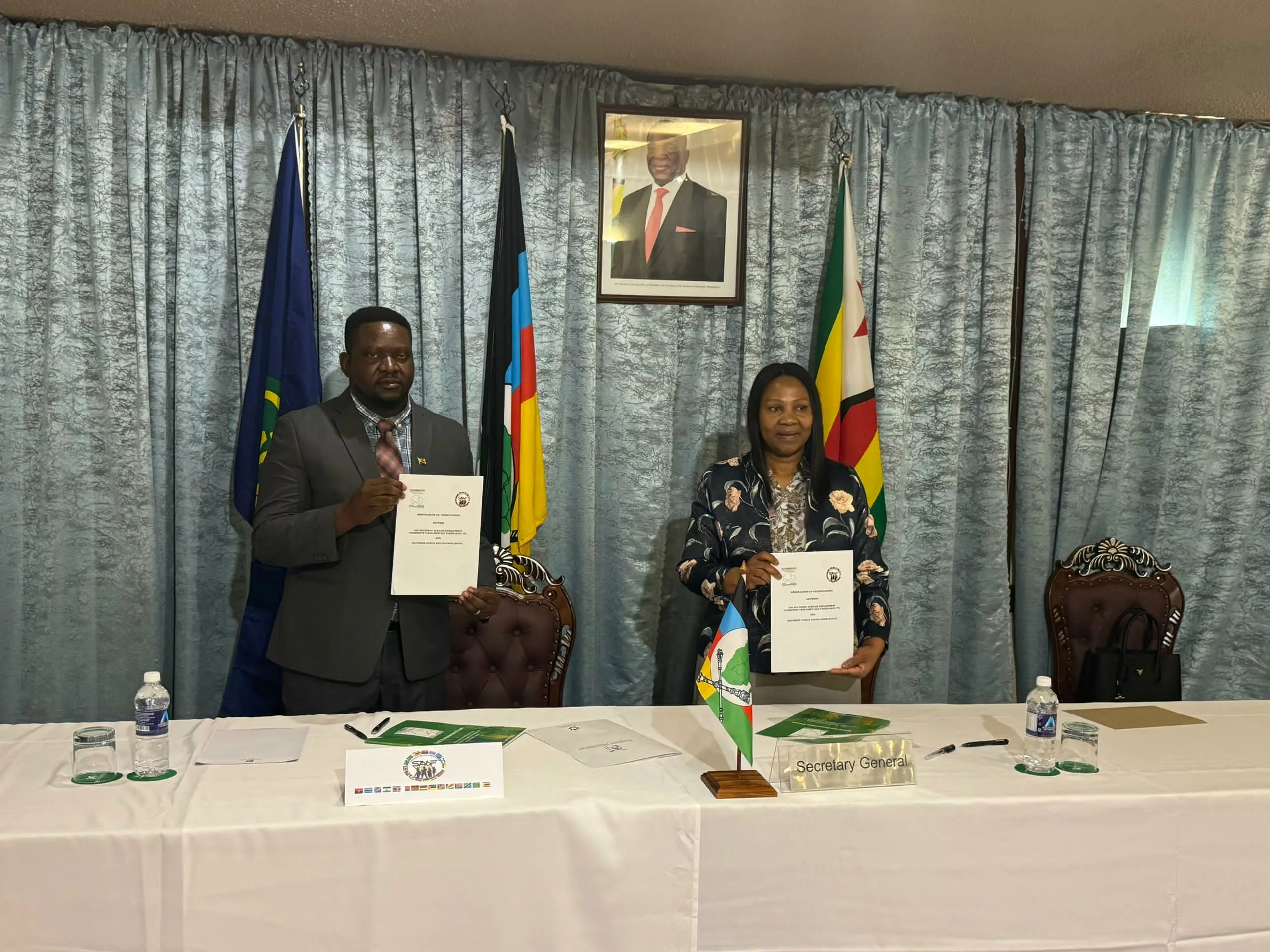|
Getting your Trinity Audio player ready...
|
The HWPL International Workshop on Peace Journalism Studies, held on April 17, 2025, brought together journalists, scholars, and peace practitioners to explore how peace journalism can help address global challenges such as misinformation and conflict in an era of rapid digital transformation. The event was hosted online by an international peace NGO, Heavenly Culture, World Peace, Restoration of Light (HWPL), with around 200 participants joining from 50 countries.
Under the theme of Transforming Conflict through AI and Cultural Understanding, a key focus of the workshop was the growing impact of artificial intelligence (AI) on journalism. Discussions explored how journalists can responsibly integrate new technologies while upholding essential values such as accuracy, fairness, and empathy.
The event also featured discussions centered on the recent publication, Peace Journalism Studies (2024). The journal highlights peace journalism’s potential to foster reconciliation and cross-cultural understanding, especially in regions affected by conflict. Case studies demonstrate how constructive reporting can help bridge divides and support long-term peacebuilding.
In a congratulatory message, Mr. Berry Lwando, Director General of the Zambia National Broadcasting Corporation, remarked, “In today’s fast-paced media landscape, what we choose to highlight matters. Peace journalism isn’t about ignoring conflict—it’s about framing it in ways that invite dialogue, not division. That’s a responsibility we carry.”
Hon. Noel Lipipa, Member of Malawian Parliament for Blantyre City South Constituency, also delivered his congratulatory message. “I’m inspired by the work being done to explore how AI and cultural understanding can help reshape how we tell stories and resolve conflict. The world needs more storytellers committed to peace.”
In his article, Director of News, Sports and Current Affairs / ABS TV Radio in Antigua and Barbuda, Mr. Garfield Burford, underscores the importance of evidence-based reporting to counter misinformation. While AI can make journalism more efficient, he cautions that it also raises concerns about accuracy and trust. He emphasizes that ethical judgment and human empathy remain essential to the work of a journalist.
Mr. Sijam Sinjali, CEO of Agleshwori Hills Development Trust in Nepal, discusses the role of peace journalism in encouraging non-violent conflict resolution. His essay explores the challenges and ethical responsibilities peace journalists face, and how technology may help support more informed, solution-oriented reporting.
From the Philippines, Dr. Musa Damao, Executive Director of angsamoro Dialogue for Peace and Justice, Inc., highlights how peace journalism supports the Bangsamoro peace process. He advocates for integrating peace education into school curricula and highlights how morally grounded journalism can contribute to lasting peace and development.
CEO of Varna Institute for Peace Research in Austria, Mr. Josef Mühlbauer, explores how open dialogue and debate can help challenge harmful narratives. He references the “Varna Peace Institute” podcast as a platform where open discussions help uncover root causes of conflict and promote understanding.
In her contribution, Ms. Tuty Purwaningsih, Director of Media Desa in Indonesia, looks at how families and communities teach values like tolerance and empathy, and how the media can amplify these efforts by focusing on constructive stories.
The workshop also aligned with HWPL’s broader peace initiatives, particularly the Declaration of Peace and Cessation of War (DPCW). Article 10 of the DPCW, “Spreading a Culture of Peace,” emphasizes the role of media in promoting harmony through responsible communication. HWPL continues to advocate for journalism that contributes to a more peaceful and inclusive society.
The event concluded with a call for stronger collaboration among journalists, academics, and peacebuilders, reaffirming a shared commitment to ethical and thoughtful journalism in a rapidly evolving media environment.






